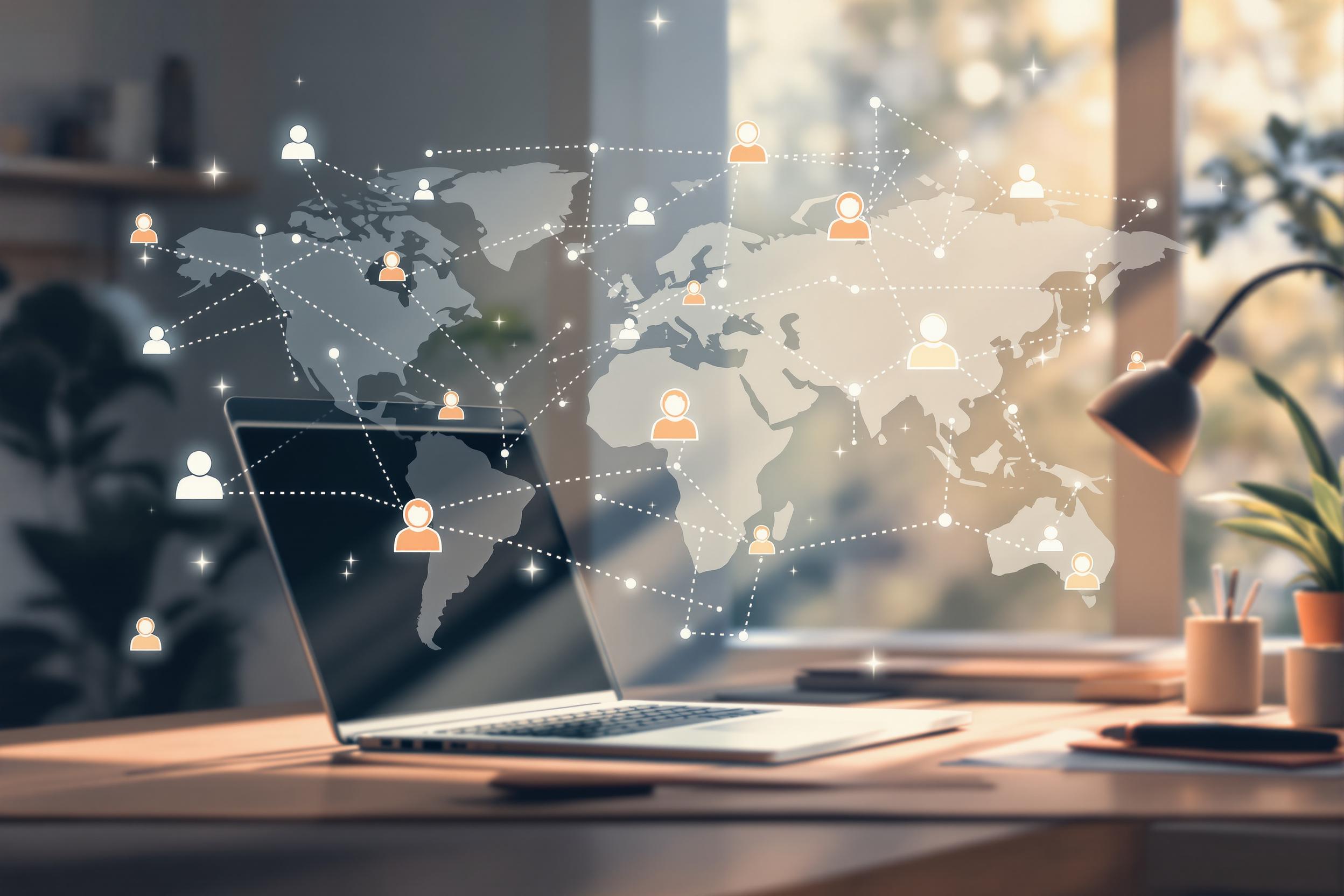
Remote Patient Monitoring
Remote Patient Monitoring is a healthcare approach that lets medical professionals track patients' health data while they're at home. It's like having a virtual connection between doctors and patients, where special devices send important health information (like blood pressure, heart rate, or blood sugar levels) to healthcare providers without the patient needing to visit the clinic. This has become increasingly popular since COVID-19, as it helps reduce in-person visits while still maintaining quality care. Similar terms include telehealth monitoring, remote health monitoring, or remote physiological monitoring.
Examples in Resumes
Implemented Remote Patient Monitoring system that served 500+ chronic care patients
Trained staff on Remote Patient Monitoring and RPM devices for diabetes management
Increased practice revenue by 30% through successful Remote Patient Monitoring program implementation
Typical job title: "Remote Patient Monitoring Specialists"
Also try searching for:
Where to Find Remote Patient Monitoring Specialists
Professional Organizations
Job Boards
Professional Networks
Example Interview Questions
Senior Level Questions
Q: How would you design and implement a new Remote Patient Monitoring program in a medical practice?
Expected Answer: Should discuss comprehensive program planning including device selection, staff training, patient education, billing procedures, and compliance measures. Should mention experience with program management and optimization.
Q: How do you handle complex patient situations in RPM programs?
Expected Answer: Should demonstrate experience in creating emergency protocols, managing high-risk patients, coordinating with healthcare providers, and ensuring proper documentation and follow-up procedures.
Mid Level Questions
Q: What strategies do you use to ensure patient compliance with RPM programs?
Expected Answer: Should discuss patient education methods, communication strategies, troubleshooting common device issues, and methods for encouraging regular participation.
Q: How do you handle RPM data analysis and reporting?
Expected Answer: Should explain experience with analyzing patient data trends, creating reports for healthcare providers, and identifying when intervention is needed based on monitoring results.
Junior Level Questions
Q: What is your experience with RPM devices and systems?
Expected Answer: Should be able to describe basic understanding of common monitoring devices, data transmission processes, and basic troubleshooting steps.
Q: How do you ensure patient privacy in remote monitoring?
Expected Answer: Should demonstrate understanding of basic HIPAA requirements, data security practices, and confidentiality protocols in remote care settings.
Experience Level Indicators
Junior (0-2 years)
- Basic device setup and troubleshooting
- Patient education and support
- Data entry and basic monitoring
- Understanding of HIPAA compliance
Mid (2-5 years)
- Program coordination
- Data analysis and reporting
- Patient engagement strategies
- Insurance and billing knowledge
Senior (5+ years)
- Program implementation and management
- Staff training and development
- Quality improvement initiatives
- Strategic planning and expansion
Red Flags to Watch For
- No experience with healthcare privacy regulations
- Poor communication skills
- Lack of experience with medical terminology
- No understanding of basic vital signs and health metrics
- Unfamiliarity with Medicare billing requirements
Related Terms
Need more hiring wisdom? Check these out...

Remote Hiring Playbook: Building High-Performing Distributed Teams

Unlocking Talent Offline: Innovative Strategies for Recruiting in Low-Internet Areas

Who’s Really Running Your Interviews? How to Reduce Bias in Remote Hiring

